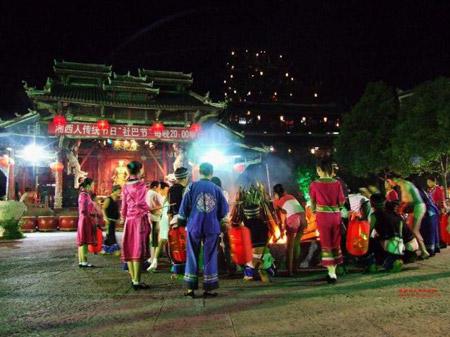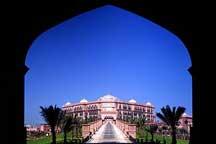 Jun. 23, 2025
Jun. 23, 2025
Weather
A brief account of Zhangjiajie
2010-02-02 16:51 BJTHistory and Indigenous Culture:
 |
| Zhangjiajie is home to major three ethnic groups—Tujia, Bai and Miao people, which together make up approximately 70% of the local population. |
In ancient times, Zhangjiajie was regarded as remote and inaccessible. The earliest human activities can be traced to 100, 000 years ago and the legendary god of Agriculture was said to live a reclusive life here. Local story also indicates that Zhang liang, a lord in the Han Dynasty (206 BC-220 AD), lived here in seclusion and was buried below Qingyan (now Zhangjiajie) Mountain.
Zhangjiajie was formerly named Dayong city, founded in 1988. As Zhangjiajie National Forest Park is increasingly becoming known to world, Dayong city was renamed as Zhangjiajie city under the permission of the State Council in 1994. Now, Zhangjiajie has basically developed a large-scale, high-rank tourist resort where strange mountains, green lakes, deep caves, serene valleys and historical culture and special folk customs are well blended into a beautiful painting.
Zhangjiajie is home to major three ethnic groups—Tujia, Bai and Miao people, which together make up approximately 70% of the local population. Up to now, these people still remain much of their traditional culture, including the language, festivals, clothing, and architectural styles as well. The long history of many minorities and their folk customs such as marriage custom, singing and dancing together with modern culture all contribute to the charm of Zhangjiajie. One thing is certain: All of these will give you a lasting memory.
Editor: Yang Jie | Source: Mail
Mail Share
Share Print
Print


 Video
Video









 2009 China Central Television. All Rights Reserved
2009 China Central Television. All Rights Reserved